-
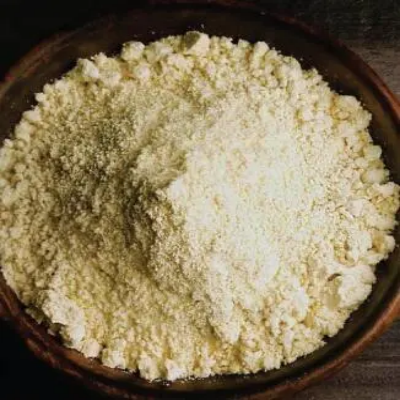
Bifidobacterium Adolescentis
Bifidobacterium adolescentis is a species of probiotic bacteria that naturally inhabits the human gastrointestinal tract, playing a role in maintaining gut health and promoting overall well-being. It is known for its ability to ferment carbohydrates and produce short-chain fatty acids, contributing to a balanced microbial environment in the gut. Bifidobacterium adolescentis has been studied for its potential health benefits and applications in various fields.
-
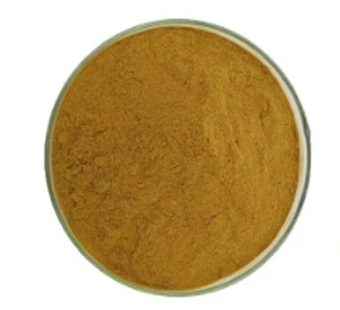
Bacillus Coagulans CAS:68038-65-3
Bacillus Coagulans is a lactic acid-producing, spore-forming bacterium known for its ability to promote digestive health and immune function. It is commonly used as a probiotic ingredient in dietary supplements, functional foods, and animal feed to support gastrointestinal well-being and overall wellness. Additionally, Bacillus Coagulans has been researched for its potential therapeutic effects on various digestive conditions and its role in immune modulation.
-
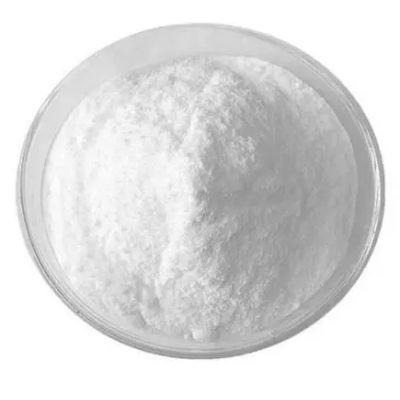
tert-Amylbenzene CAS:2049-95-8
tert-Amylbenzene, also known as 1,1-Dimethylpropylbenzene, is a colorless liquid hydrocarbon with a pleasant odor. It is commonly used as a solvent and chemical intermediate in various industrial applications due to its excellent solvency and reactivity.
-
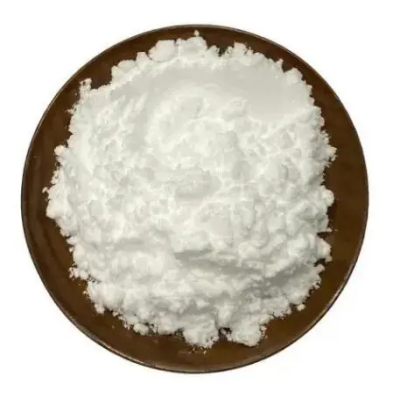
Pentamethylcyclopentadienyltantalum tetrachloride CAS:71414-47-6
Pentamethylcyclopentadienyltantalum tetrachloride is a notable organometallic compound comprising a tantalum center coordinated with pentamethylcyclopentadienyl ligands and chlorine atoms. This complex is widely recognized for its applications as a catalyst in various organic synthesis reactions, demonstrating significant reactivity and selectivity in promoting important transformations.
-
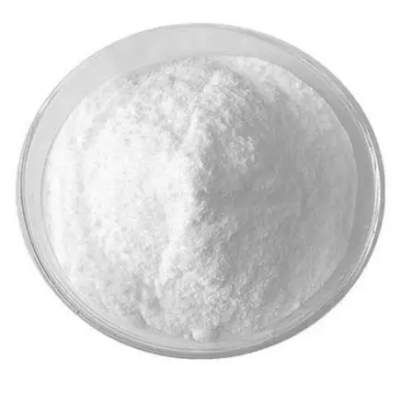
1,4-Bis(5-phenyl-2-oxazolyl)-benzene CAS:1806-34-4
1,4-Bis(5-phenyl-2-oxazolyl)-benzene, also known as PBD, is a high-performance organic compound commonly employed as a fluorescent dopant and emitter in organic light-emitting diodes (OLEDs). With its exceptional photophysical properties, including high fluorescence quantum yield and excellent thermal stability, PBD serves as a critical component in the development of efficient and vibrant OLED displays and lighting systems.
-
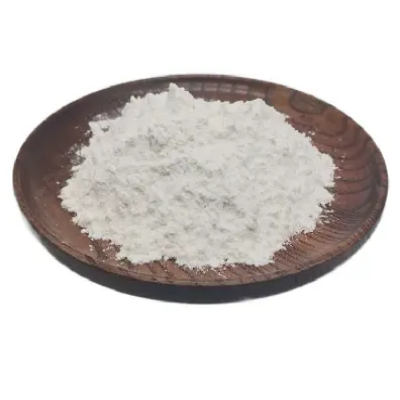
POTASSIUM NONAFLUORO-1-BUTANESULFONATE CAS:29420-49-3
Potassium nonafluoro-1-butanethanesulfonate is a potent fluorinated compound commonly used in organic synthesis as a phase-transfer catalyst and a fluorine source. Its unique structure and reactivity make it valuable for facilitating various chemical reactions and enabling the introduction of fluorinated moieties into organic molecules.
-
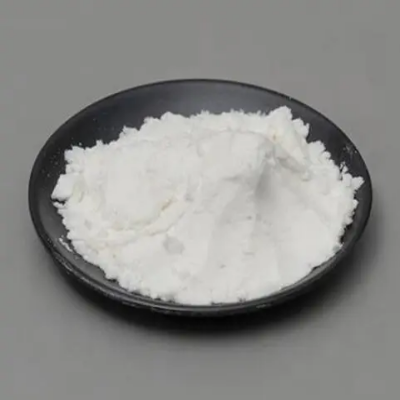
Bacillus Clausii CAS:68038-70-0
Bacillus Clausii is a probiotic bacterium that is known for its ability to support gastrointestinal health and balance the gut microbiota. It is commonly used in the form of dietary supplements and functional foods to promote digestive wellness and overall well-being. Additionally, Bacillus Clausii has been studied for its potential therapeutic effects on various gastrointestinal disorders and as a preventive measure against antibiotic-associated diarrhea.
-
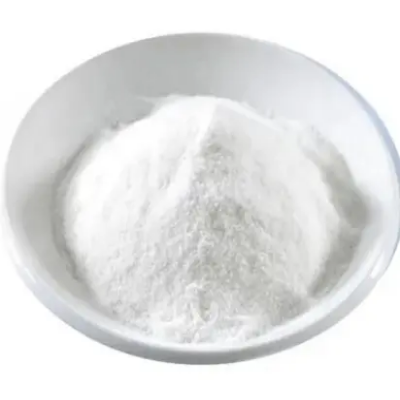
ISOOCTYL NITRATE CAS:1803259-93-9
ISOOCTYL NITRATE is a chemical compound commonly used as a fuel additive and in the production of industrial chemicals, offering valuable properties for various applications.
-

Iridium(III) acetylacetonate CAS:15635-87-7
Iridium(III) acetylacetonate is a highly efficient catalyst widely used in organic synthesis, particularly in the production of pharmaceutical intermediates and fine chemicals.
-
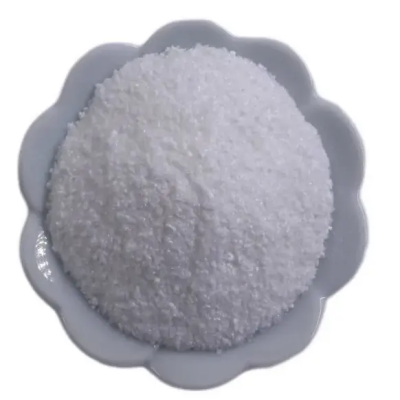
AMBERLITE IR-120 CAS:9002-23-7
AMBERLITE IR-120 is a premium grade industrial-grade strong acid cation exchange resin. With its high chemical and physical stability, it is widely used in water treatment applications for effective removal of heavy metal ions such as lead, copper, and cadmium from water. This resin is designed to provide exceptional ion exchange capacity and excellent regeneration efficiency, making it suitable for various industrial processes.
-
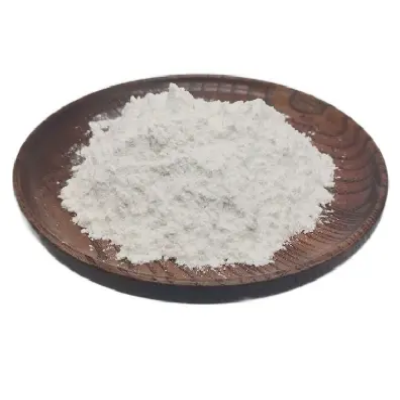
Diethylene glycol ethyl methyl ether CAS:1002-67-1
Diethylene glycol ethyl methyl ether is a colorless, transparent liquid with excellent solubility and relatively low volatility. It is a commonly used organic solvent for various industrial and commercial applications.
-

6-CARBOXYTETRAMETHYLRHODAMINE N-HYDROXYSUCCINIMIDE ESTER CAS:150810-68-7
6-CARBOXYTETRAMETHYLRHODAMINE N-HYDROXYSUCCINIMIDE ESTER is a high-purity fluorescent labeling reagent widely used in bioconjugation and molecular imaging applications. With its exceptional photostability and bright fluorescence, this ester is ideal for covalent attachment to biomolecules, enabling precise detection and visualization in various biological systems. It is commonly employed in fluorescence microscopy, flow cytometry, and fluorescent DNA sequencing.

